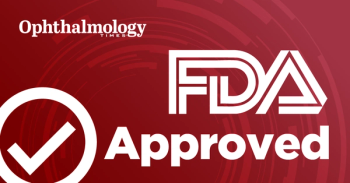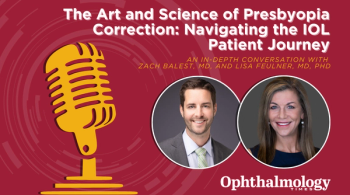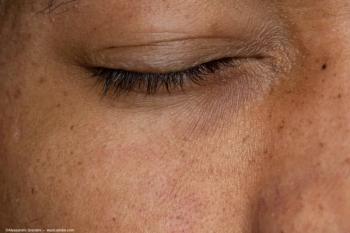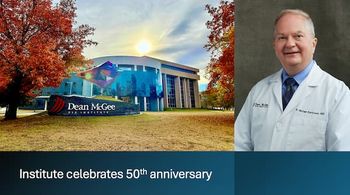
The company plans to submit its NDA package in the second half of 2026.

The grading scales were compiled with the goals of achieving conciseness and the ability to provide clear drug-dose-modification recommendations compared with the previous ocular CTCAE scale.

A study from a tertiary eye hospital suggests that effective keratitis management may have the potential to restore vision.


Alcon increases its acquisition offer for STAAR Surgical, emphasizing a final deal amid shareholder debates and delays in the merger process.

Combining imaging and patient symptoms improves assessment of disease progression.

Xelafaslatide is a small-molecule Fas inhibitor designed to protect key retinal cells, including photoreceptors, from cell death that occurs across multiple retinal diseases and conditions.

The study evaluated thermal dynamics associated with CW-TSCPC and TLT using MicroPulse technology, such as temperature peak, exposure duration, and thermal spread in a simulated ciliary body using computer modeling.


EndoArt is an artificial cornea endothelial layer made of a sterile biocompatible material, acrylic hydrophilic. According to the company it is the first synthetic implant to treat corneal edema.

The trial is evaluating the company’s femtosecond laser trabeculotomy procedure in comparison to selective laser trabeculoplasty

Formosa Pharmaceuticals partners with Rxilient Medical to commercialize APP13007, a new ophthalmic treatment for post-surgery inflammation and pain relief.

Earlier in 2025 it was announced that PainReform had acquired a majority equity interest in LayerBio, focusing on the company’s OcuRing-K technology.

Of the 1000 patients with dry eye symptoms surveyed, 80% stated that “they would try a science-backed eye drop that mimics natural tears and restores tear-film balance."

Under the terms of the agreement Iolyx Therapeutics has granted Théa exclusive worldwide development and commercialization rights, excluding Asia, to ILYX-002 for the treatment of ocular surface diseases.

The SAPPHIRE trial evaluating the VisiPlate is currently underway across several sites across the US, with more site activations scheduled for 2026

K8 is a member of a new class of inflammasome-inhibiting drugs called kamuvudines.

Cyclosporine ophthalmic emulsion 0.05% is a topical immunomodulator to increase tear production in patients whose tear production is thought to be reduced due to ocular inflammation associated with dry eye syndrome.

Leading cataract surgeons discuss their comprehensive approach to IOL counseling, exploring how they bridge expectation gaps and tailor premium lens strategies to each patient's unique anatomy, goals, and lifestyle.

The company noted that this approval marks Celltrion's first Health Canada–approved biologic product in ophthalmology.

This is the first submission for approval under the exclusive license and commercialization agreement for South Korea that was signed between LENZ and Lotus.

HUC1-394 is a peptide-based eye drop for dry eyes being developed by the company.

The DRAGON trial was a 24-month pivotal phase 3 trial evaluating Tinlarebant in adolescent STGD1 patients.

Kiora Pharmaceuticals advances ocular therapies with new patents for KIO-104, targeting retinal inflammation and enhancing treatment options.

To help with education and awareness, Prevent Blindness is providing free, expert-approved educational resources on GA.

Researchers analyze the DREAM study, revealing lid margin collarettes in dry eye patients and their surprising lack of progression over time.

The CEO of Dean McGee Eye Institute reflects on the program’s milestones, global partnerships, and the future of patient-centered eye care.


